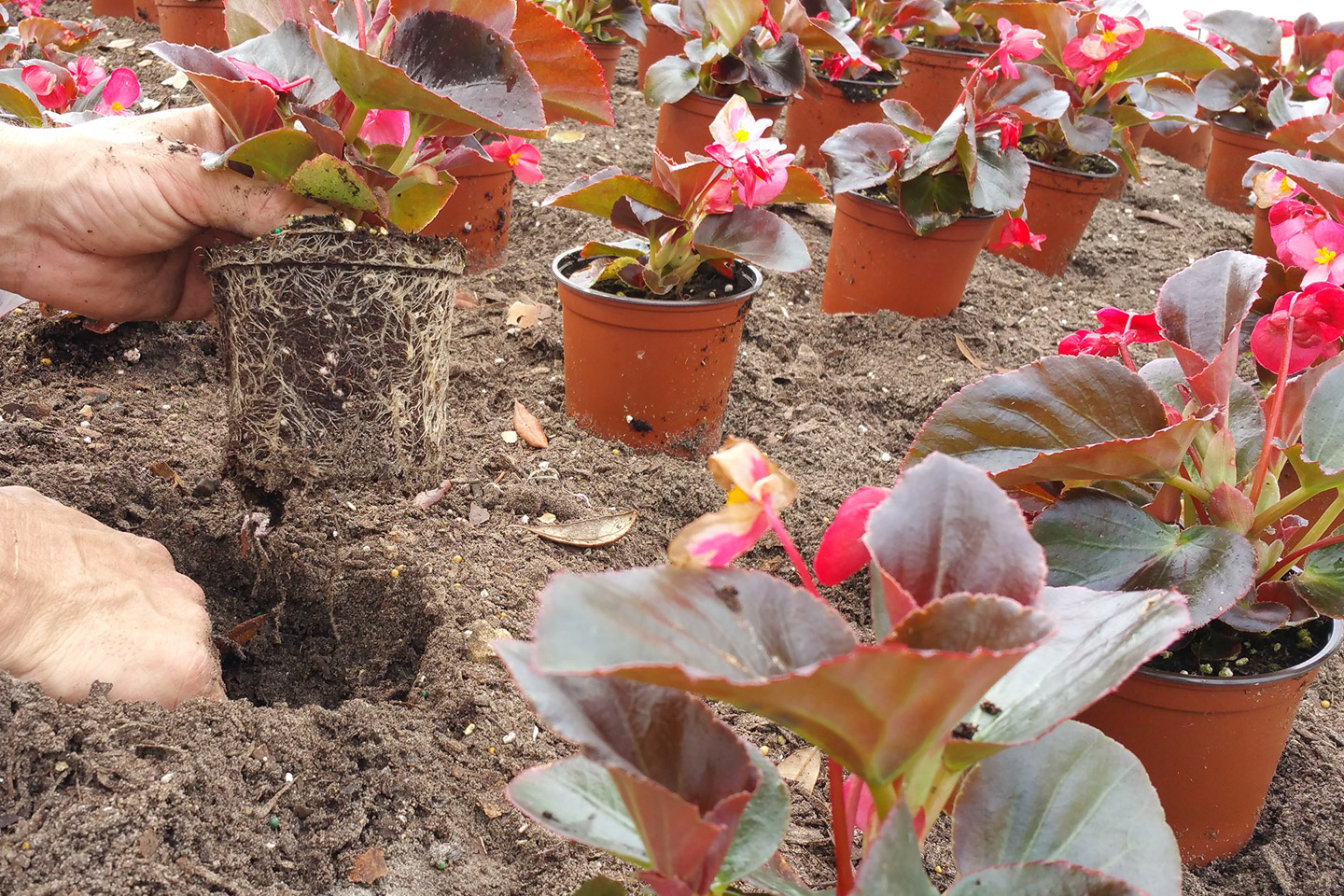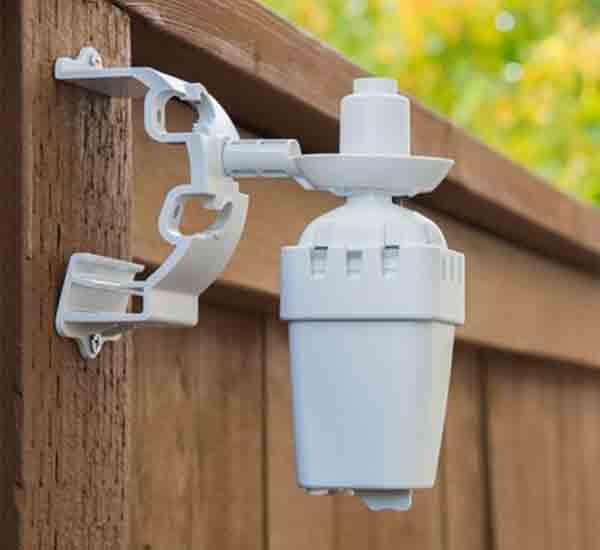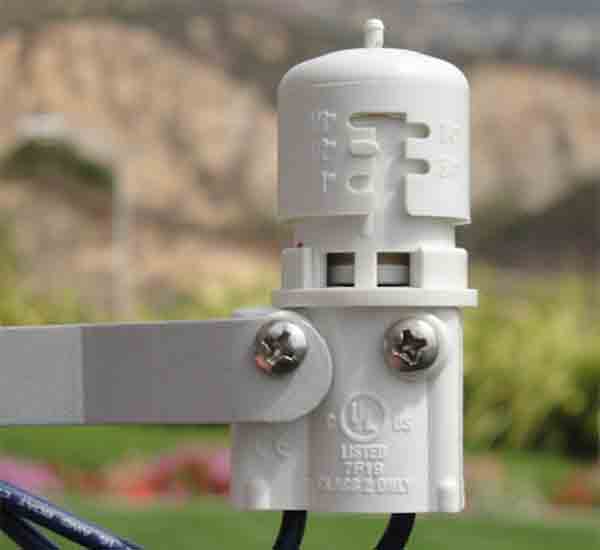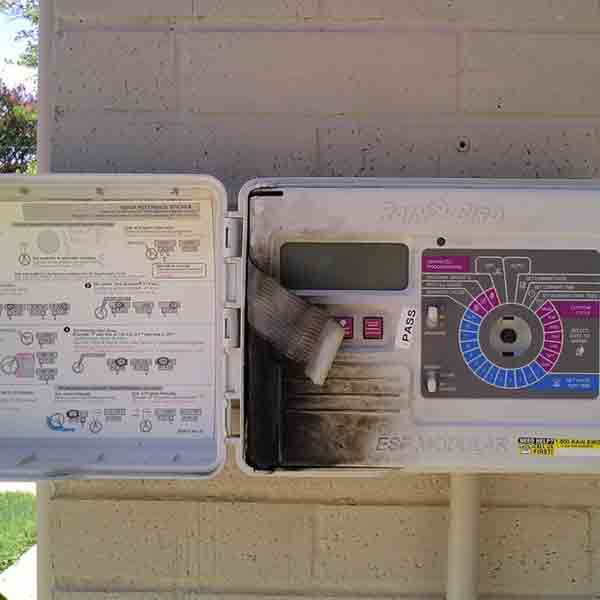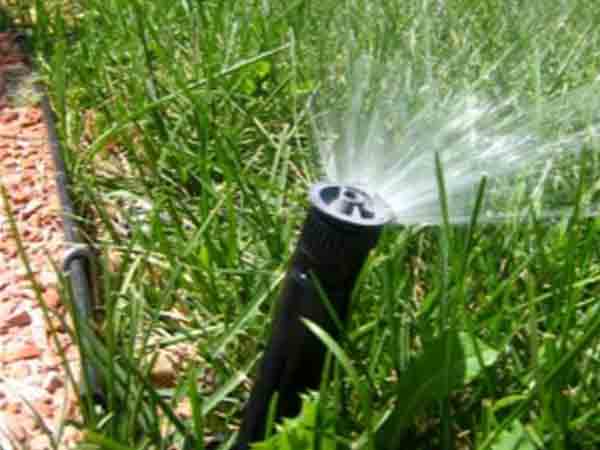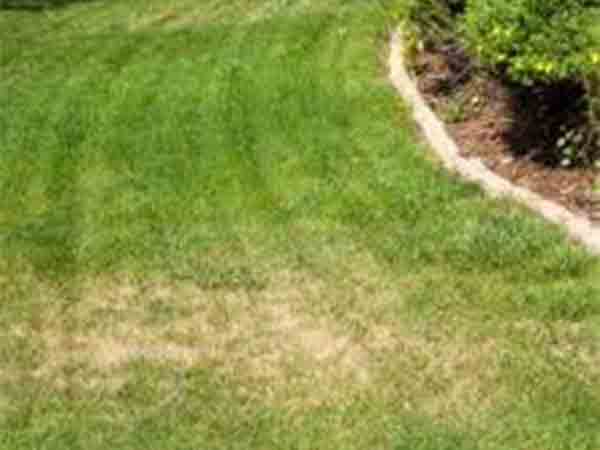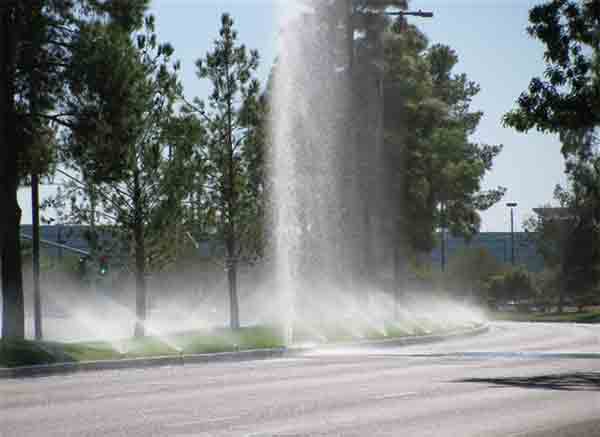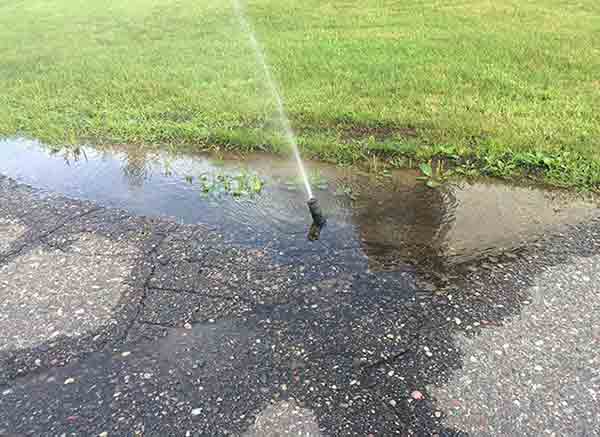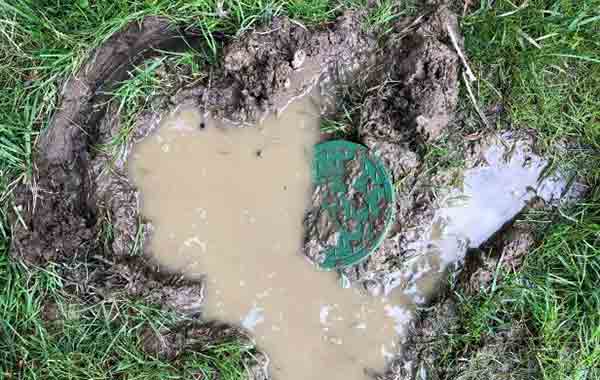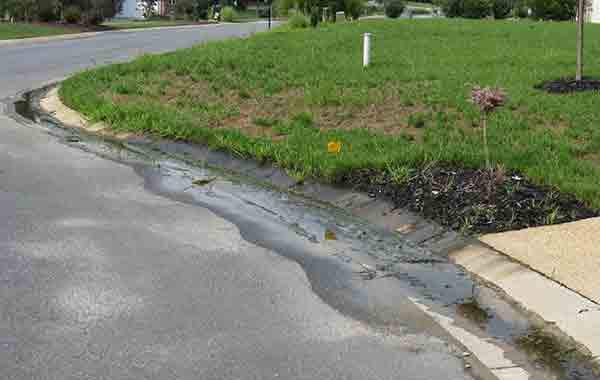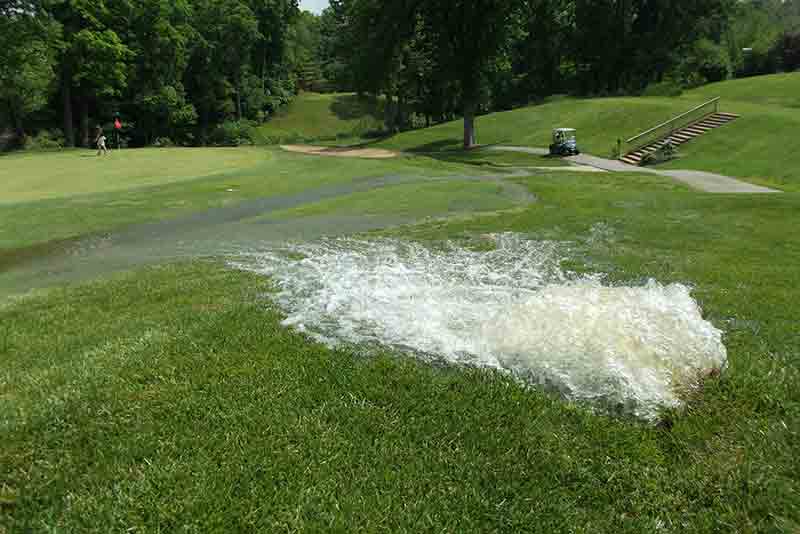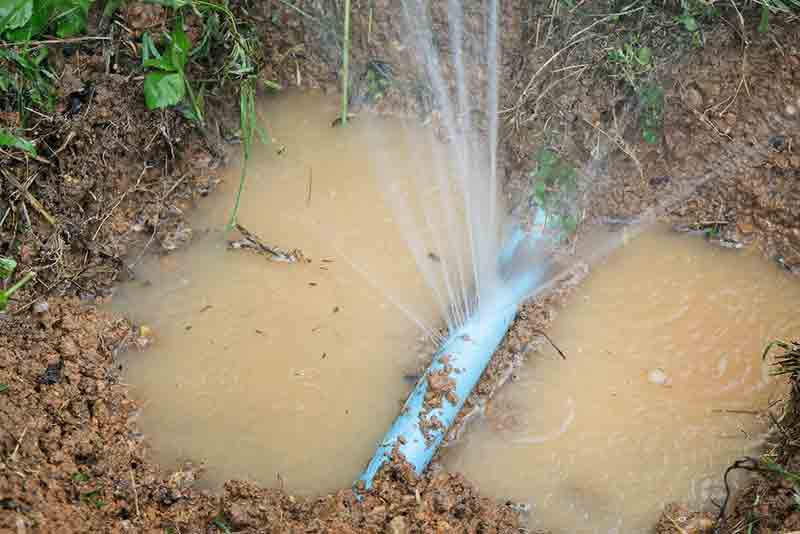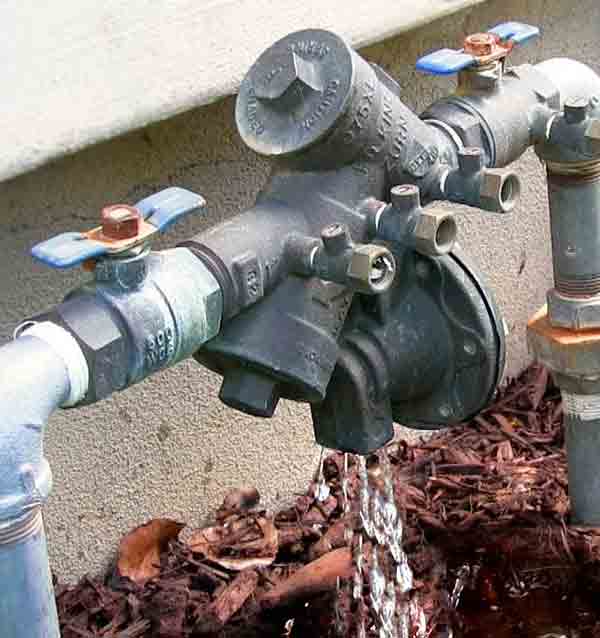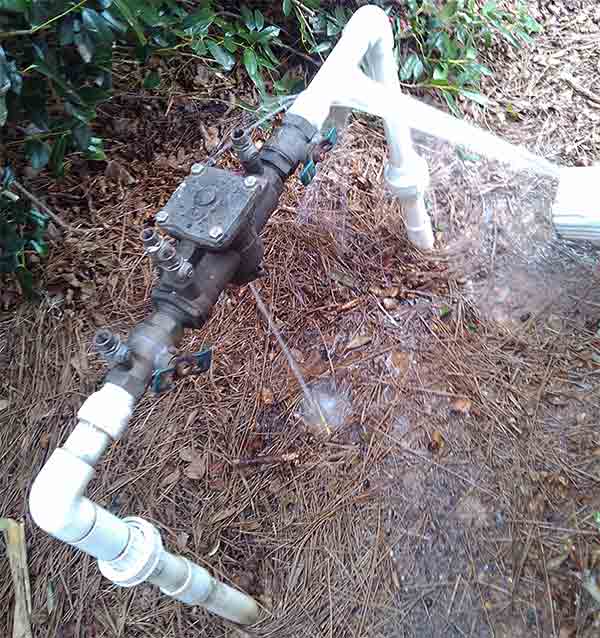Irrigation Maintenance and Management - Sit Down with CEPRA
While mowing, trimming, and fertilizing are routine for us when it comes to landscape maintenance, it is the irrigation systems in place that determine whether it will thrive or not. A well-managed irrigation system ensures that your landscape thrives to its fullest extent, and you get the best experience with your plants.
In 1972, The Florida Water Resources Act gave the water management authority to the Department of Environmental Protection (FDEP). With this act, five Water Management Districts were formed, which regulate the use of water in the landscape. These water restrictions will vary from district to district and specify the days and times that water can be applied to the landscape. These restrictions apply to all landscape irrigation regardless of whether the water comes from groundwater or surface water, from a private well or pump, or from a public or private utility. Water sources for irrigation can vary from potable (water that is safe to drink or to use for food preparation), well water and from reclaim sources.
To keep our landscapes flourishing, it requires the routine maintenance and management of irrigation systems. After all, an irrigation system is designed to be a supplement to the rains. In the long run this will save you money in water bills and in large repairs that result from neglecting the system. The maintenance of these systems is key to smooth-running watering. Regular maintenance can greatly improve the lifespan of your irrigation system. This in turn, improves the health of the plants in your landscape, and improves the sustainability and efficiency of water in your landscape.
A monthly detailed inspection should be made to the following components of the irrigation system
Rain Sensor - In 1991, Florida Law (Section 373.62 F.S.) was enacted, requiring all automatic irrigation systems be outfitted with a working rain shut-off device to prevent or interrupt the operation of the irrigation system during periods when a suitable amount of rainfall has occurred. The rain sensors need to be set at the desired position for shutting off the irrigation system and properly wired. The sensor should be installed anywhere rain freely falls and is relatively easy to get to by arm's length or with a ladder. During the inspection check for debris and the condition of the discs. Parts of insects, cobwebs, leaves, etc. can easily collect and interfere with the normal function of the sensor. Wireless sensors have batteries in them that need to be checked and at times require replacement.
Controller - Having the controller locked and secure is key to irrigation management. Without this, numerous people can potentially access the irrigation controller and cause problems with the programming and performance. If the controller comes with a Rain Sensor Bypass switch, make sure that no one has adjusted the switch and that it is in the "Active" or "On" position. The programing of the clock should reflect seasonality, targeted plant species and the days and run times specified by your water management district. The controller should be checked for any insect or pest intrusion. An inspection for damage caused by power surges and lightning strikes should also take place.
Zones - A monthly visual inspection should take place with each individual zone to make sure it operates correctly when directed by the controller. During a zone's inspection, insufficient pressure can be detected by the surrounding turf: if there are tight circles of overgrown areas, or green patches of grass with brown edges, then the water pressure inside the pipes is too low. Low pressure inhibits the heads from popping up fully, which prevents it from providing proper irrigation coverage.
Heads & Nozzles - This review should ensure that these are not broken or missing, are functioning correctly, are upright and are not clogged or obstructed. These are the most common parts of the system that suffer from leaks. Aside from the regular inspection, leaks can be discovered by detecting damp areas in the lawn where it has not recently rained.
Valves - The valves should open fully and close completely when each irrigation zone is inspected. Weeping zones are an example of a valve not fully closing. There should also not be any pooling of water leaking coming from the valve itself. Lightning strikes can cause valve damage by burning out solenoids and melting wiring.
Main and Lateral Lines - The main line is the pipe that delivers pressurized water from the main water source to the lateral zone lines. When a break occurs along the main line, there will be water pooling and leaking in large amounts when your system is not turned on. However, if there is a break in a lateral line the water will leak and pool up to the surface only when the system is operating. When these breaks are found they should be quickly repaired to eliminate the potential erosion and wasting of potable water resources.
Backflow - Since 1990, the Florida Building Code has required that irrigation systems have a backflow preventer. A backflow preventer is like a one-way gate for water and is required on both well and potable water sources. Backflow preventers are used to keep unsafe water from reversing flow and entering a clean water supply. The state of Florida requires that backflow devices be tested every two years.
Conclusion
Just as with any system, an irrigation system is only as great as the parts which comprise it. Keep in mind each of the components - the rain sensor, controller, zones, heads and nozzles, valves, main and lateral lines, and backflow - and how they operate to ensure a properly running system. We hope this discussion helps you better your understanding of how irrigation systems work. As always, consult with an irrigation specialist before making changes to your current system.
